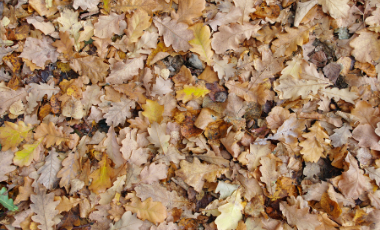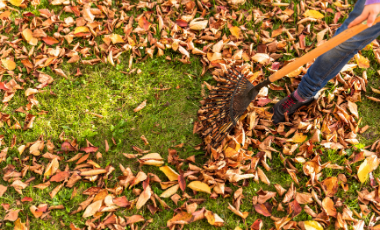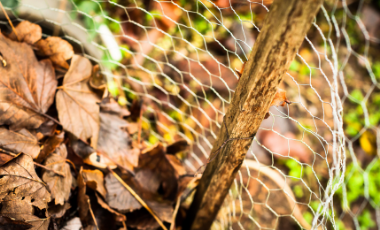Leaf mould is just decomposed leaves that have been broken down by fungus.
Good quality, well-rotted leaf mould (more than two years old) can be used as seed-sowing compost, or mixed equally with sharp sand, garden compost and good quality soil for use as potting compost.
Leaf mould that is less than two years old can be used as mulch, soil improver (worms love it!) autumn top-dressing for lawns, or winter covering for bare soil.
Yes, but some types of leaves break down quicker than others.

Leaves from evergreens, conifers and pines are slow to decompose. It is better to add these to your compost heap.
It’s totally fine to use your lawn mower to shred any leaves together. Any grass clippings gathered at the same time will help to increase the nutrient value of the leaf mould. However, if your lawn contains weeds, be careful as you don’t want to be adding weed seeds to your leaf mould!

For more tips about composting, visit our Let’s Compost Now page.
